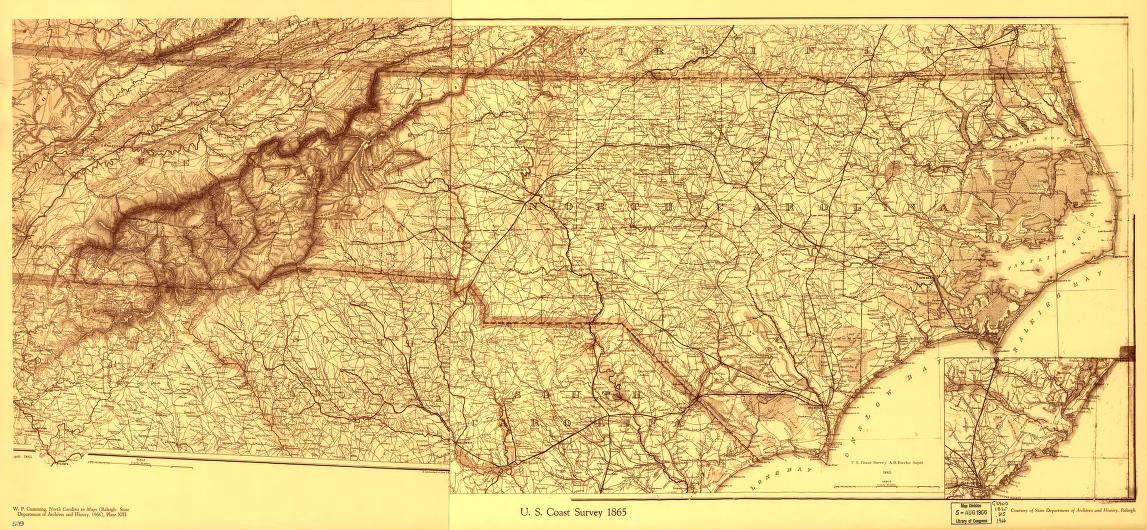Menu


North Carolina is a state that boasts an incredible array of geographical features, from the rugged Appalachian Mountains in the west to the sandy beaches of the Outer Banks in the east. This diversity of landscapes makes North Carolina a fascinating destination for anyone interested in exploring the natural world.
The western part of North Carolina is dominated by the Appalachian Mountains, a vast chain of peaks and valleys that stretches from Alabama to Maine. In North Carolina, the Appalachians are home to some of the highest peaks in the eastern United States, including Mount Mitchell, which stands at 6,684 feet above sea level. The mountains are also home to a rich array of plant and animal life, with dense forests of oak, hickory, and pine trees providing habitat for black bears, wild turkeys, and countless species of birds.
One of the best ways to experience the beauty of the Appalachian Mountains in North Carolina is to take a drive along the Blue Ridge Parkway. This scenic highway winds its way through the mountains for 469 miles, offering stunning views of the surrounding landscape at every turn. Along the way, visitors can stop at numerous overlooks, hiking trails, and picnic areas to take in the natural beauty of the region.
As you move eastward from the mountains, you enter the Piedmont region of North Carolina. This area is characterized by rolling hills, fertile farmland, and numerous rivers and streams. The Piedmont is also home to many of North Carolina's largest cities, including Charlotte, Raleigh, and Greensboro.
One of the most notable features of the Piedmont region is the Research Triangle, an area anchored by three major universities: Duke University in Durham, the University of North Carolina at Chapel Hill, and North Carolina State University in Raleigh. The presence of these universities has helped to make the Research Triangle a hub of innovation and technology, with numerous high-tech companies and research facilities located in the area.
As you continue eastward from the Piedmont, you eventually reach the Coastal Plain, a flat, low-lying region that stretches from the Atlantic Ocean to the fall line, where the Piedmont begins. The Coastal Plain is home to numerous rivers, swamps, and wetlands, as well as some of the most beautiful beaches in the eastern United States.
Perhaps the most famous feature of the Coastal Plain is the Outer Banks, a series of narrow barrier islands that run along the coast of North Carolina. The Outer Banks are known for their pristine beaches, historic lighthouses, and excellent fishing and water sports opportunities. The islands are also home to a unique culture and history, with numerous small towns and villages that have been shaped by centuries of life on the edge of the Atlantic.
From the rugged peaks of the Appalachian Mountains to the sandy shores of the Outer Banks, North Carolina is a state that offers a truly diverse array of geographical features. Whether you're interested in hiking, fishing, beachcombing, or simply taking in the natural beauty of the landscape, North Carolina has something to offer every visitor.